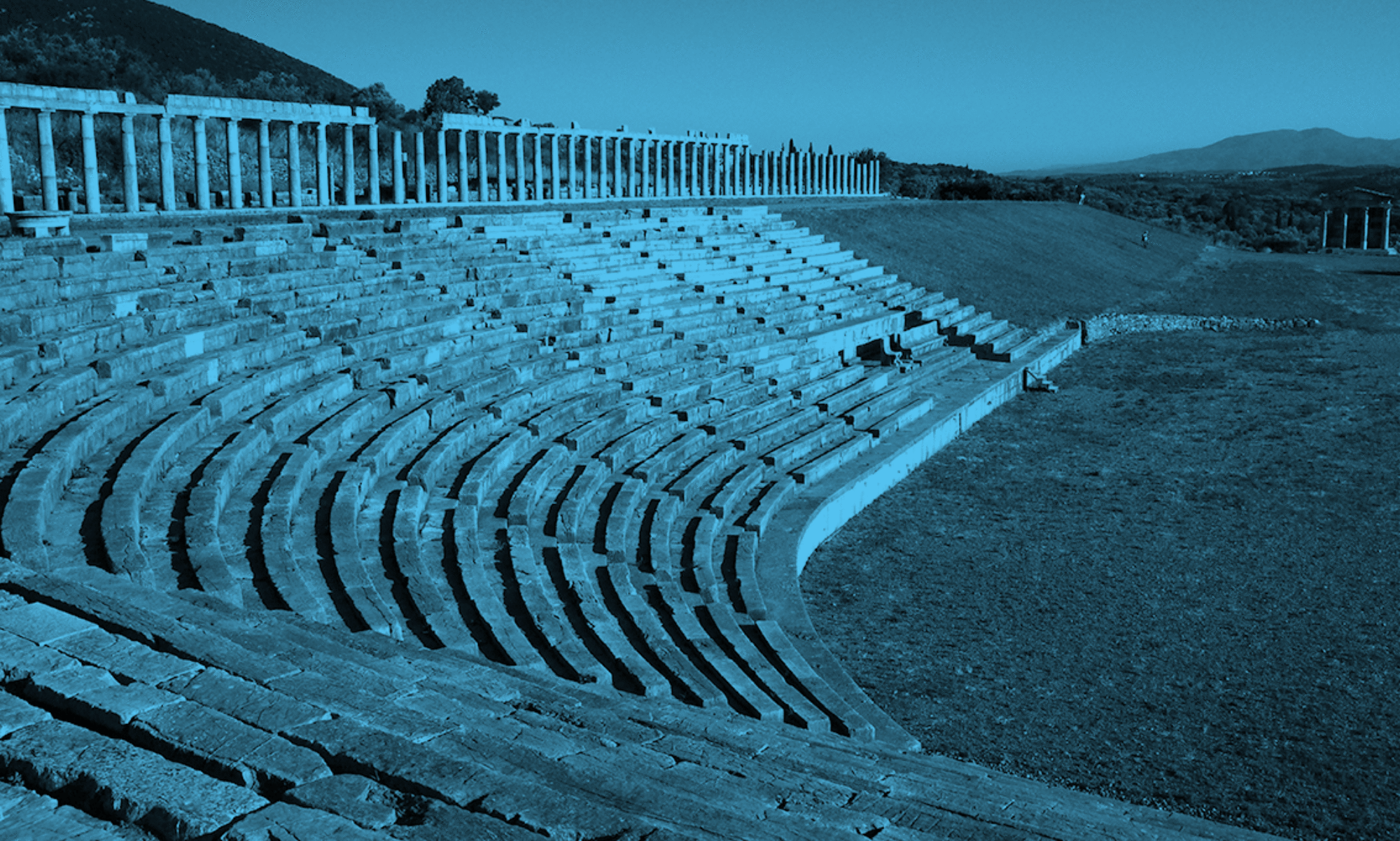‘It’s all right,’ dialogue boxes assure her, ‘it’s part of the experience,
part of getting constructively lost.’
quote source: Thomas Pynchon - Bleeding Edge, 2014

“Listening is selecting and interpreting and acting and making decisions.” – Pauline Oliveros
33°02’10.8″S 71°37’54.9″W
24.11.2017
voices, audio recorder
The Parish church known as “La Matriz” was founded 452 years ago at the time the city of Valparaiso, Chile, was just a small cove called Quintil frequented by the Changos, a now extinct aboriginal group of nomadic fishermen.
The original church was built of mud and straw in 1559 by Rodrigo Gonzalez Marmolejo, a Dominican priest who came to Chile as part of the military and religious contingent of conquistador Pedro de Valdivia. Gonzalez’ primary mission was to develop the main Catholic Church in Santiago, the capital of the new Kingdom of Chile.
The legend tells that following the arrival of the Spanish ship to Quintil Cove, the priests brought to land the wood-carved figure of the Christ in Agony, reputedly carved by a skillful Japanese sculptor, which would be the main religious image in the new Cathedral of Santiago. However the wheels of the oxcart carrying the figure got stuck deep in the mud and it was unable to move further. After numerous failed attempts, which included adding several bullock teams, the priests decided to consider this setback as a divine mandate and opted to leave the Christ where it has got stuck. A small chapel built of mud and straw to shelter the image became the first church of Valparaiso and one of the first religious buildings in Chile.

text source: The historic earthquake-ridden ‘La Matriz’ Parish of Valparaíso, http://www.digitaljournal.com/article/309602, 2011
As you walk through the city you weave spaces together in a subjective way: this can never be captured objectively, say by drawing maps to trace journeys, since it is the experience of walking or ‘passing by’ that counts. Maps are typical forms of fixation of the flux of everyday life, which try to pin it down by abstracting heavily from it.
source quote: Michel De Certeau, The Practice of Everyday Life, University of California Press, 1984
33°02’14.6″S 71°36’09.7″W
22.11.2017
33°02’43.3″S 71°37’37.9″W
22.11.2017